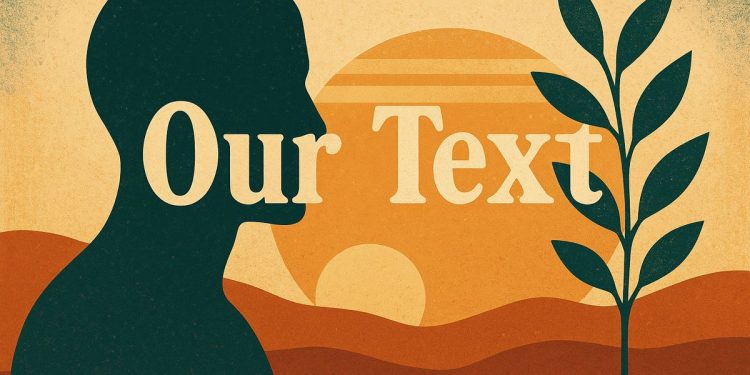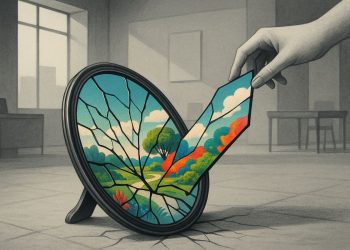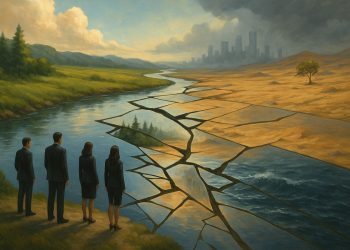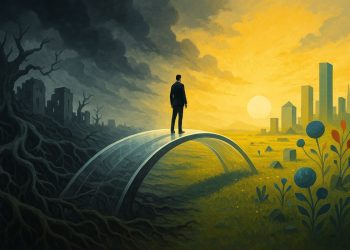Wplace is a global online platform where people from around the world place and edit colored pixels on a giant world map, creating digital art together. Users start with a few pixels, earn more over time, and can join groups to make bigger designs or protect their creations. The canvas never resets, so everyone’s work mixes together, turning cities and landmarks into bright mosaics and lively images. Popular spots glow with flags, memes, and creative icons, while friendly rivalries and alliances shape the ever-changing artwork. Every day, the map grows fuller, telling new stories from millions of users across the planet.
What is Wplace and how does its global digital canvas work?
Wplace is a collaborative online platform launched in July 2025, allowing users to place and edit colored pixels on a shared world map. Each user starts with a limited number of pixels, earns more over time, and can join alliances, creating massive, evolving digital artworks visible worldwide.
A single click on a Google Map now punches a hole into one of four trillion colored pixels. Since the quiet launch of Wplace on 21 July 2025, the planet has become a shared MSPaint file. Within four days the platform crossed one million registered users; by 7 August Brazil alone had dropped half a billion pixels, turning the leaderboard into a national scoreboard.
How the canvas works
| Element | Rule |
|---|---|
| Tile size | 1 pixel lives at exact lat-long |
| Starting budget | 30 pixels |
| Regen speed | +1 pixel every 30 s |
| Pool growth | maximum size rises with activity |
| *Currency * | “droplets” earned per pixel; buy bigger pools, flags, profile flair |
Each pixel remains forever editable, so artworks resemble Wikipedia pages more than paintings: every icon, meme, or flag is open to overwrite, defend, or remix.
What the world has already painted
- Brazil and Germany are the densest zones, bright blotches visible even at mid-zoom.
- Notre Dame has been rebuilt in Paris as a 32×64 pixel icon.
- A three-storey Hatsune Miku stands near Eugene, Oregon.
- Local football crests pop up above stadiums from Buenos Aires to Dortmund.
Many users begin literally at home: zoom to their suburb, claim the first tile on their rooftop, and watch neighbors color the street into a mosaic of national flags, anime eyes, and QR codes leading to Spotify playlists. The result is a layer of digital folk art where Keanu Reeves in a kimono can share space with a 16-bit Bundesliga logo.
Tools that turn chaos into murals
- Browser overlays like the “Blue Marble” template let alliances lay out continent-sized artworks.
- *Alliances * – user-created guilds – pool droplets and schedule shifts to guard or expand territory.
- Leaderboards* * refresh every minute; when Brazil retook first place the site briefly buckled under +200 k clicks per second**.
Those server hiccups, acknowledged by founder Murilo Matsubara, have become part of the lore: downtime now appears on the map itself as dark voids users later fill with ironic “server down” messages.
The numbers behind the paint
| Metric | Snapshot (7 Aug 2025) |
|---|---|
| Total pixels placed | 13.2 billion |
| Countries represented | 195 |
| Biggest single artwork (area) | 11 k pixels covering central São Paulo |
| Pixel war duration (avg) | 6.3 hours until truce or wipe |
| Droplets spent on flags | 42 million |
Each number hides smaller stories: a lone user in Lagos spent three nights defending a tiny green-white-green stripe; German students rebuilt the EU stars eleven times after meme raids.
Why it feels like “art from the future”
Unlike the episodic Reddit r/place, Wplace never resets. The map scrolls endlessly, the paint never dries, and every sunrise somewhere reveals new suburban tile gardens or the ruins of last night’s meme war. Critics compare the output to open-source stained glass: fragile, public, and alive.
How does Wplace turn Google Maps into a living artwork?
Wplace overlays a giant pixel-art canvas on top of Google Maps, assigning every square metre of the planet a tile that anyone can paint. Users begin with a stock of 30 pixels and earn an additional pixel every 30 seconds, up to an ever-increasing pool. This simple mechanic means four trillion individual pixels are now waiting to be claimed, repainted, or defended. Within four days of launch, more than one million people had already placed over 500 million pixels, with Brazil alone responsible for the largest share.
What kinds of images appear most often?
The dominant style is digital folk art: anime characters, memes, sports logos, national flags, and inside jokes. Early hot zones such as São Paulo, Berlin, and Tokyo quickly filled with colourful homages to football clubs, Pokémon, and message-board culture. Lookout Eugene-Springfield reports that even smaller towns now feature pixel-perfect recreations of local landmarks, from a tiny Notre-Dame in central Paris to a giant Hatsune Miku that sprawls across Oregon.
How do communities organise large-scale drawings?
Artists cluster into alliances and use browser plug-ins such as the “Blue Marble” overlay to map intricate blueprints directly onto the globe. Coordinated campaigns can defend or overwrite whole neighbourhoods, leading to “pixel wars” over city skylines, corporate logos, and political slogans. The native leaderboard ranks countries and regions by pixel count, fuelling friendly rivalry – drawing inside your homeland grants a 10 % pixel-recovery bonus that speeds up the next contribution.
Why do servers keep going offline?
Explosive demand. On launch day the small engineering team – led by Brazilian developer Murilo Matsubara – saw traffic spike far beyond forecasts, causing registration freezes and leaderboard lag. The team has since prioritised horizontal scaling, but spikes still occur whenever a viral TikTok or Reddit post invites thousands of new painters to join the fray at once.
How is Wplace different from Reddit r/place?
While Reddit’s original experiment ran for a frantic 72-hour sprint on a blank grid, Wplace is persistent and place-based. The canvas never resets; instead, every pixel remains part of an always-open world map that evolves continuously. This shift from event to infrastructure encourages long-term stewardship – local groups schedule maintenance shifts to keep cherished murals intact – and makes every repaint a statement about changing identity, politics, or pop culture.



















